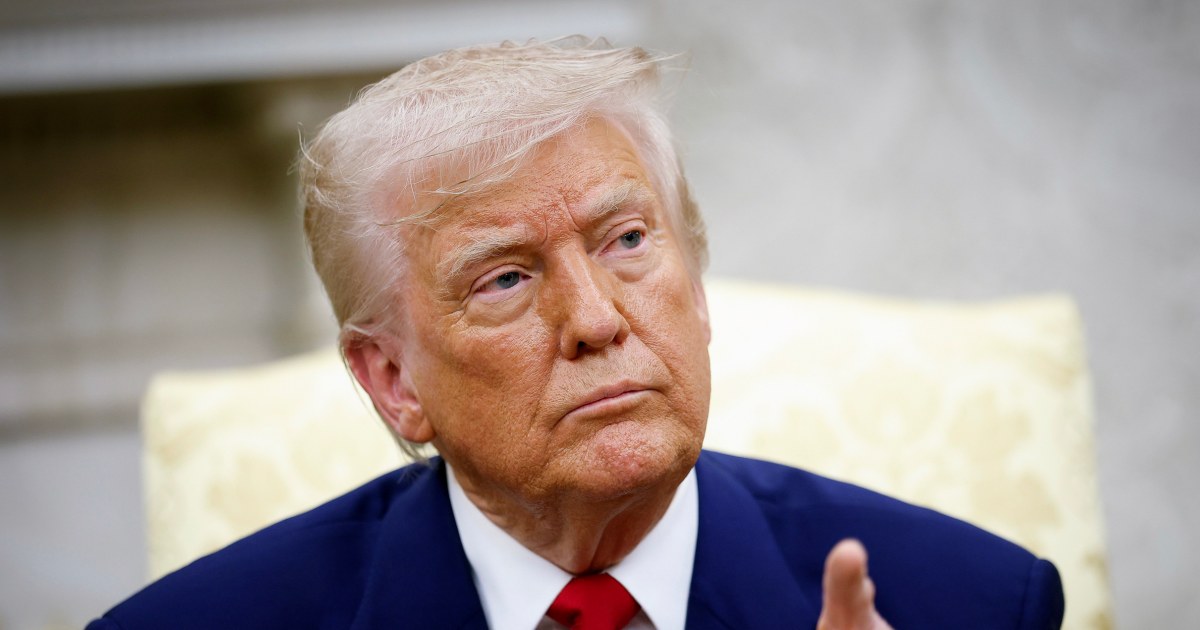The U.S. added just 12,000 jobs last month, a figure economists say was impacted by two hurricanes and a strike.
It was the lowest figure since December 2020, during the depths of the Covid-19 pandemic.
The Bureau of Labor Statistics in its release said in effect, the U.S. added no new net payrolls last month.
The unemployment rate remained unchanged at 4.1%
Analysts had forecast a gain of 110,000 jobs in October.
That payrolls figure represents a significant decrease from the 254,000 reported in September, a figure that soared past expectations. It was forecast to be the product of the impact of two hurricanes that pummeled the southeast last month, as well as the ongoing strike at Boeing.
“Unfortunately, it won’t be easy to interpret the October jobs report,” Chris Waller, a member of the Fed’s Board of Governors, said earlier this month. He said he expected that hurricanes Helene and Milton, which together caused an estimated $50 billion in damage through much of the U.S. Southeast, alongside the strike, would reduce employment growth by more than 100,000.
Absent those issues, top-line economic data suggest the U.S. remains in sound financial shape heading into Tuesday’s election. At 4.1%, the unemployment rate is still historically low, while the rate of inflation has effectively returned to the Fed’s 2% annual target.
Yet many Americans continue to feel the strain from the last several years of price growth. And although recent months’ payroll reports came in above expectations, the gains continue to be unevenly distributed.

Bureau of Labor Statistics data show four primary sectors — private education and health care; leisure and hospitality; construction; and government — account for the vast majority of job growth in recent months.
“Some have spoken of a labor-market turnaround, a rebound, a reheating — but other labor market data don’t point in that direction,” said Julia Pollak, chief economist at ZipRecruiter.
Even with the Fed cutting rates, Pollak said, “activity will likely pick up in one sector at a time.”
Two key sectors that have historically signaled more sustainable economic growth — business and professional services, and manufacturing — have seen hiring ground to a halt, though each has a different source for that stagnation.
In manufacturing, a push by the Biden administration to boost blue-collar jobs through targeted investments and tax incentives has been offset by high interest rates, making it less financially viable for companies to invest in capital-intensive projects.
As interest rates decline, the sector could start to see some pick up, Pollak said, yet some economists now fear that the Fed’s policy moves are taking longer to translate into lower borrowing rates for corporations. Key borrowing benchmarks like the 10-year Treasury note have so far remained stuck at similar levels seen over the past two and a half years.
Meanwhile, hiring has plunged in business and professional services roles, a trend that has left many college-educated workers, who have historically been used to more stable employment prospects, in a state of uncertainty.
A report from the Bureau of Labor Statistics earlier this week showed the hiring rate for professional business services has, excluding the immediate pandemic period, declined back to a level last seen in October 2013, as the economy was just beginning to re-emerge from the Great Recession.
Changes in that sector may be more structural, Pollak said, as many firms have spent the pandemic era investing in labor-saving technologies, including artificial intelligence, which could reduce the need for a traditional workforce.
Earlier in the week, the U.S. Department of Labor reported ongoing claims for unemployment assistance have yet to meaningfully come down, though at just over 1.8 million, they remain at historically subdued levels.
Still, according to economists at Citi, the trend could spell further trouble ahead for the labor market.
“Continuing claims remain at levels above the same time last year and a low hiring environment suggests claims could stay elevated,” they wrote in a note to clients Thursday. “Without an increase in hiring, even moderate levels of job losses will likely cause the unemployment rate to pick up.”








